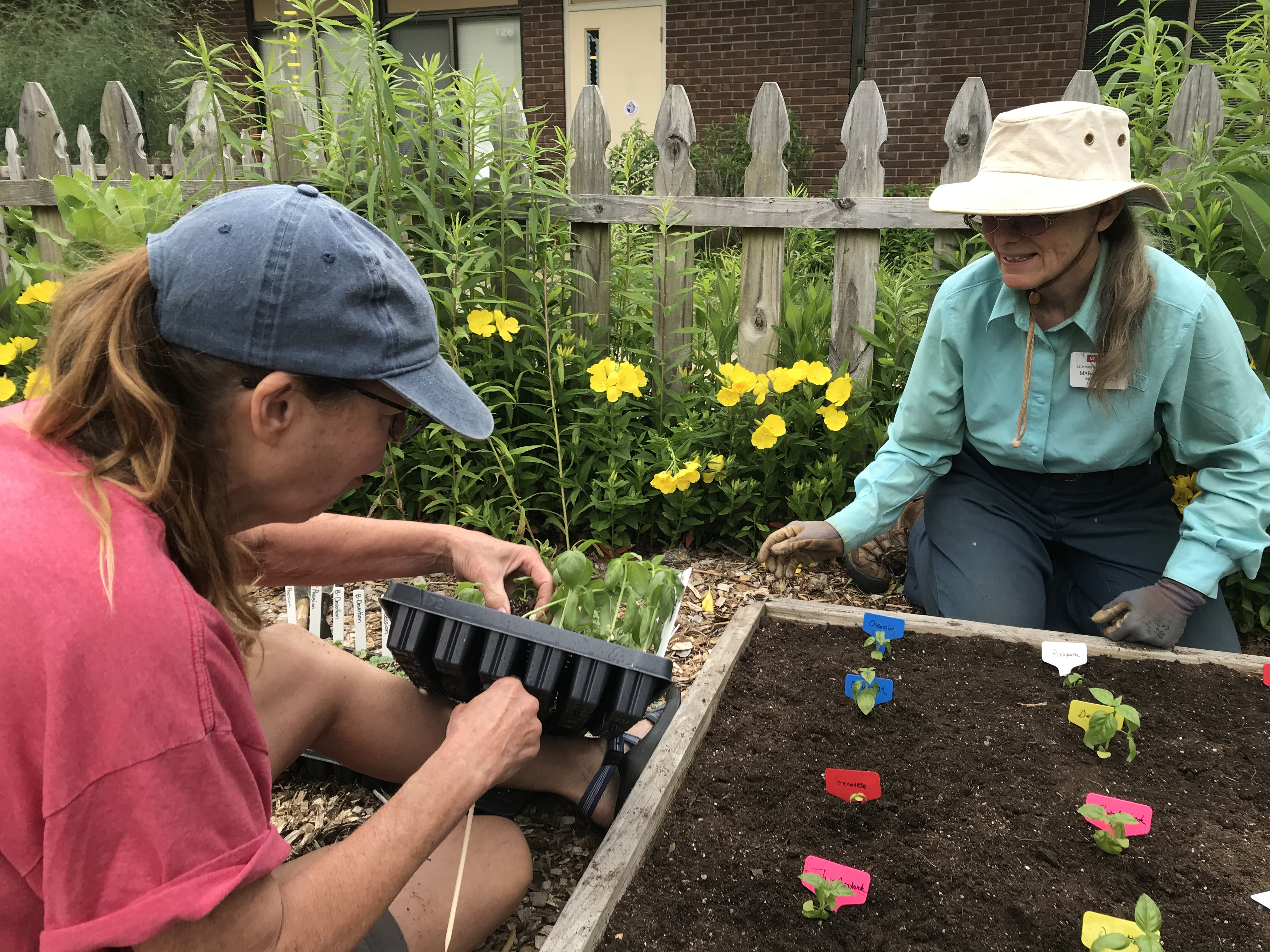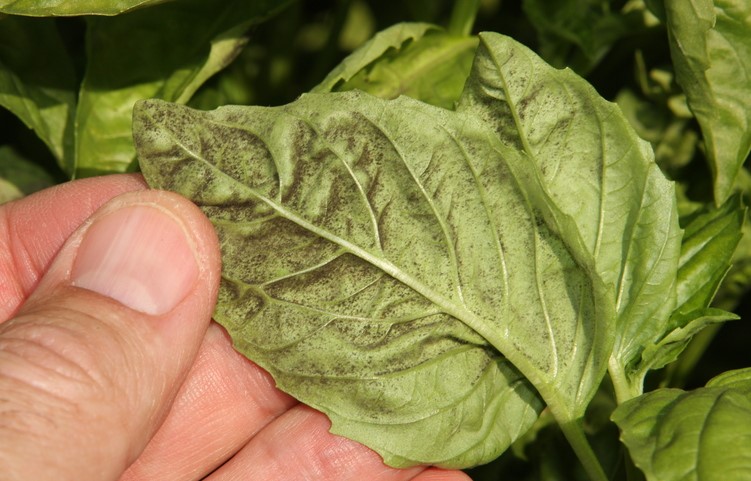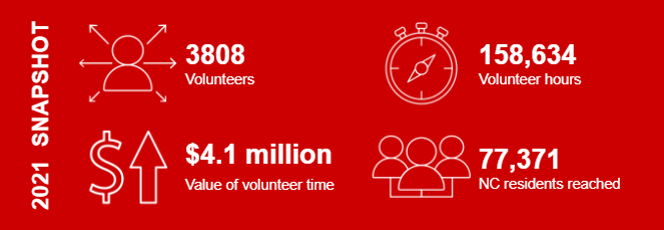Finding the Best Basil
go.ncsu.edu/readext?849107
en Español / em Português
El inglés es el idioma de control de esta página. En la medida en que haya algún conflicto entre la traducción al inglés y la traducción, el inglés prevalece.
Al hacer clic en el enlace de traducción se activa un servicio de traducción gratuito para convertir la página al español. Al igual que con cualquier traducción por Internet, la conversión no es sensible al contexto y puede que no traduzca el texto en su significado original. NC State Extension no garantiza la exactitud del texto traducido. Por favor, tenga en cuenta que algunas aplicaciones y/o servicios pueden no funcionar como se espera cuando se traducen.
Português
Inglês é o idioma de controle desta página. Na medida que haja algum conflito entre o texto original em Inglês e a tradução, o Inglês prevalece.
Ao clicar no link de tradução, um serviço gratuito de tradução será ativado para converter a página para o Português. Como em qualquer tradução pela internet, a conversão não é sensivel ao contexto e pode não ocorrer a tradução para o significado orginal. O serviço de Extensão da Carolina do Norte (NC State Extension) não garante a exatidão do texto traduzido. Por favor, observe que algumas funções ou serviços podem não funcionar como esperado após a tradução.
English
English is the controlling language of this page. To the extent there is any conflict between the English text and the translation, English controls.
Clicking on the translation link activates a free translation service to convert the page to Spanish. As with any Internet translation, the conversion is not context-sensitive and may not translate the text to its original meaning. NC State Extension does not guarantee the accuracy of the translated text. Please note that some applications and/or services may not function as expected when translated.
Collapse ▲
Dale Reece and Marcia Tate, EMGVs of Haywood County laid out the different basil varieties according to the experimental design. Photo by Sam Marshall.
Volunteers with the NC State Extension Master Gardener℠ program participated in a delicious pilot project during the summer of 2021, and are preparing to take it to the next level in 2022. By growing a lot of basil in their yards and faithfully collecting data weekly, Master Gardener℠ volunteers are helping determine which varieties of sweet basil are most resistant to basil downy mildew (BDM), a disease that is often deadly to basil plants.
Thirty Master Gardener volunteers in four counties representing each growing region of NC (mountains, piedmont, coastal plain) set up test plots either in their backyard or at the local county Extension center. Five varieties of basil bred to be BDM-resistant were compared to the highly popular, yet susceptible ‘Genovese’ variety. Varieties in the trial were ‘Rutgers Obsession’, ‘Rutgers Devotion,’ ‘Rutgers Thunderstruck,’ ‘Rutgers Passion’ and ‘Prospera’.
Each week throughout the summer, volunteers examined their basil plants and rated the appearance of disease symptoms. Of course, resistance to BDM is a desirable trait, but gardeners and consumers want basil to taste good! To gauge the flavor of resistant varieties, volunteers conducted taste tests comparing BDM resistant varieties to ‘Genovese’ basil, the culinary favorite.
This trial will be expanded to include volunteers in more counties in 2022, after which the data will be analyzed to determine which varieties were most disease resistant and tasted best. The results will be shared in Extension publications, the Plant Toolbox, and reported in journal articles. Involving Master Gardener volunteers in applied research and sharing the results with gardeners in local communities supports the NC State Extension Master Gardener program mission to connect people to plants through science-based education and outreach.

Spores of Basil Downy Mildew on the underside of basil leaves. Photo by Gerald Holmes, Strawberry Center, Cal Poly San Luis Obispo, Bugwood.org
About BDM
BDM is caused by the oomycete Peronospora belbahrii, a fungal-like organism that reproduces via spores that travel on the breeze. It spreads during summer, especially during warm, humid weather, when spores are picked up by the wind and land on nearby plants.
BDM spores don’t like cold weather, and don’t survive through winter in states like North Carolina where temperatures drop below freezing. Instead, it spends the winter further south in frost-free areas or in greenhouses. When the weather warms, spores catch a ride on the wind and travel long distances across state lines, usually arriving mid to late summer. For more information, check out this basil downy mildew fact sheet.
We extend a special thanks to Johnny’s Selected Seed for donating seed of the BDM resistant varieties for this trial.
Learn more about how you can be part of the NC State Extension Master Gardener program!

2021 Annual Report
Explore the 2021 Annual Report to see more examples of how volunteers with the Extension Master Gardener℠ program share their knowledge to help North Carolinians learn and grow.


